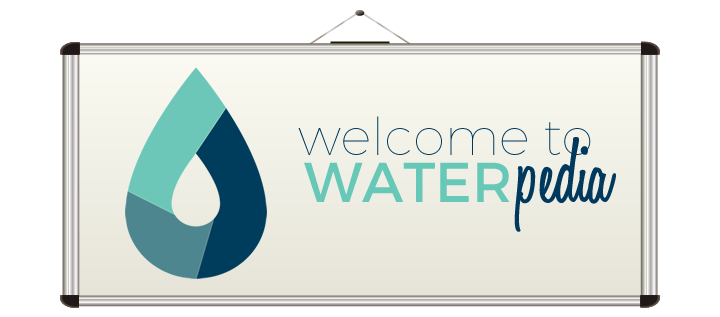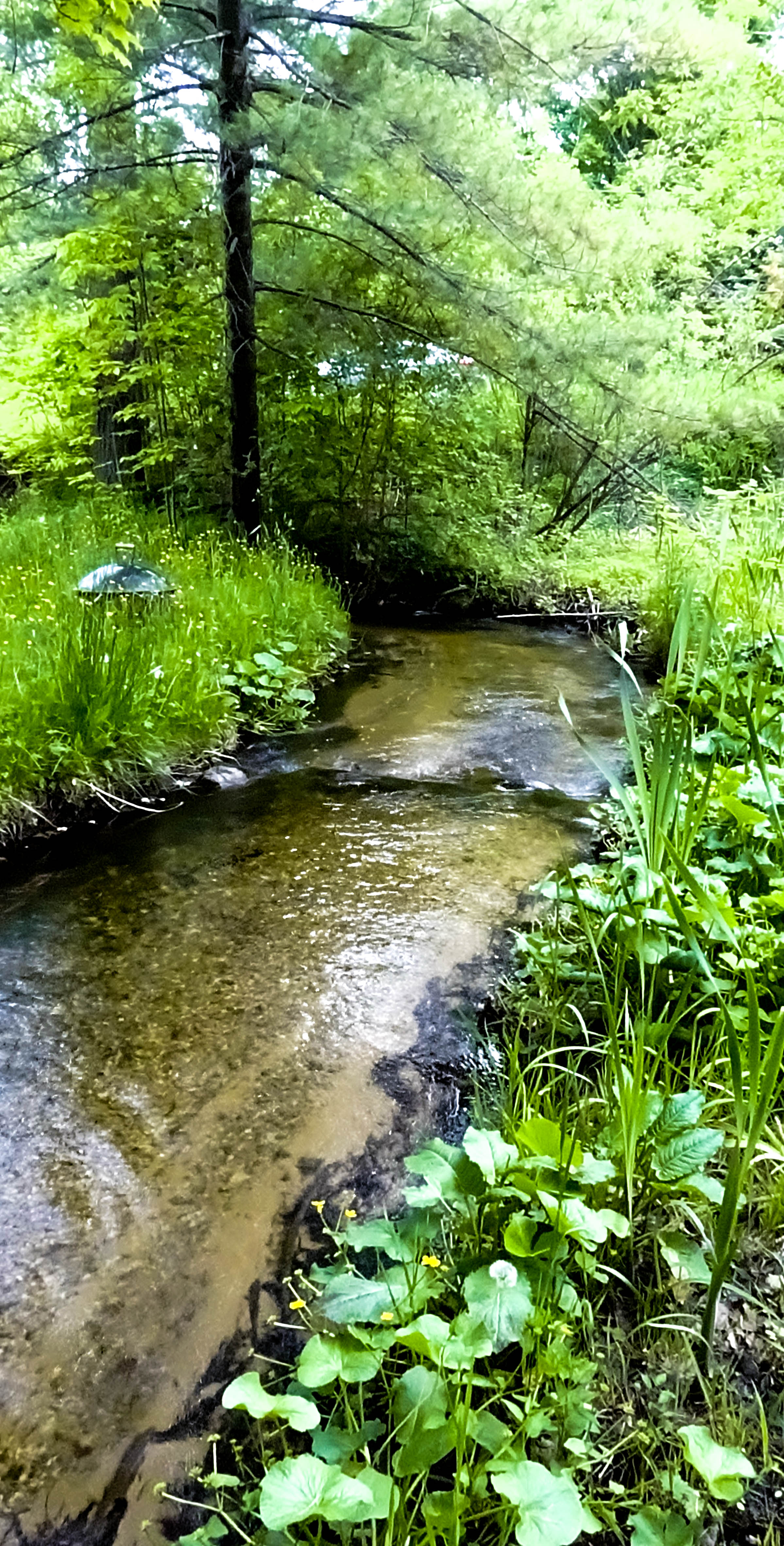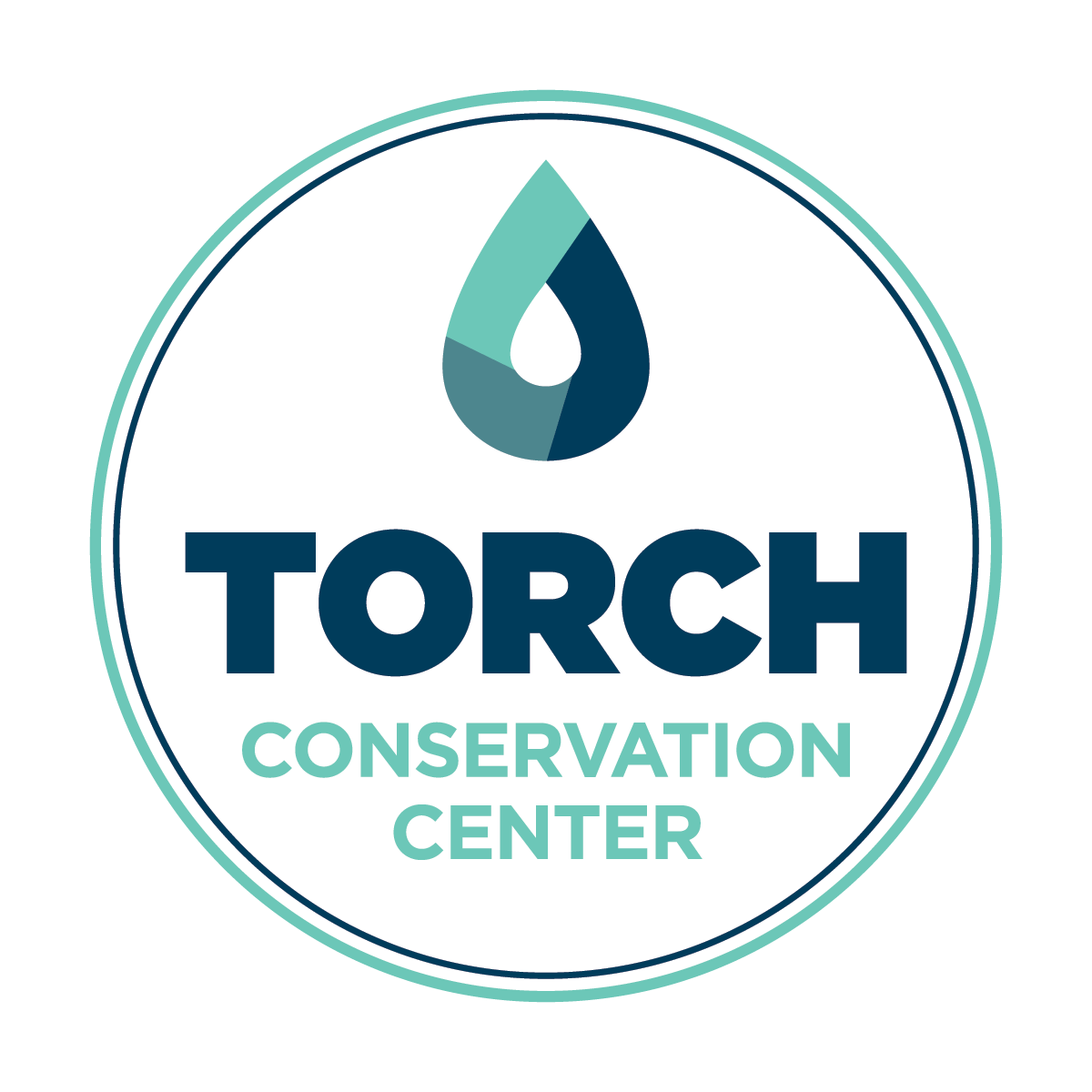
Freshwater
Our unique Torch Lake Watershed is located in the larger Great Lakes Basin which stores 20% of the Earth’s available freshwater.
Key Facts
- 97% of the water on our planet is salty, leaving only 3% that’s fresh.
- 70% of the freshwater is found in the polar icecaps and mountain glaciers.
- 29% of the freshwater is stored in the soil and underground.
- Less than 1% of the freshwater is located in lakes, rivers and streams.
- Even though freshwater is essential for all life, less than 1% of Earth’s freshwater is accessible for human use.
- The human body is 60% water; our brains are 70% water.
- Each day a person must replace 10 cups of water, some through drinking and the rest from foods.

Image source: USGS
Did you know?
Water in Torch Lake
Torch Lake contains more water than any other inland lake in Michigan – more than 858 billion gallons – almost 1/3 of all the water held in inland lakes in the state. A single water molecule can remain in Torch Lake for 10.2 years.
Comparison of Largest Michigan Lakes by Volume
| Michigan Lake | Gallons |
| 1.Lake Superior | 3,193,239,760,053,995 |
| 2.Lake Michigan | 1,299,318,247,194,382 |
| 3.Lake Huron | 935,949,584,843,412 |
| 4.Lake Erie | 127,729,5990,402,159 |
| 5.Lake Saint Clair | 902,916,070,084 |
| 6.Torch Lake | 858,920,587,305 |
| 7.Mullett Lake | 205,865,440,084 |
| 8.Higgins Lake | 149,565,807,237 |
| 9.Houghton Lake | 53,788,947,564 |
| 10.Muskegon Lake | 33,117,910,280 |
Data Source: MDNR

Photo: Barbara Lockrey
Water in the Torch Lake Watershed
Torch Lake gets roughly 72% of its water from Clam River, which drains the Upper Chain of Lakes. Groundwater is the other large contributor. When you walk in the lake and feel a cold spot on the bottom, that’s a spring bringing water from underground. Spring water is 48-50°F.
Torch Lake’s Water
| Inflow | |
| Clam River | 72% |
| Groundwater Seepage | 13% |
| Precipitation | 12% |
| Spencer Creek (in Alden) | 3% |
| Other tributaries (over 40) | 1% |
| Outflow | |
| Torch River (near the Sandbar) | 88% |
| Evaporation | 12% |
Data source: Three Lakes Association
Show
You Care
We know you want to enjoy the lake for many years (and generations) to come. So, we’ve put together a list of simple steps you can take to reduce the nutrients, sediments and toxins flowing into the lake and its streams.
Since the water on Earth is the only water we’ll ever have, keeping it clean is critical to our survival. Learn all about it in TRUE BLUE Living . . .
Control rainwater and snowmelt runoff.
- Keep water on your property, rather than piping it through a discharge pipe to a stream or lake.
- Direct water to a natural depression or create a recessed flower garden or rain garden.
- Control pollution entering the watershed from your property
- Trap sediments from the soil in your yard by maintaining trees along the shore.
- Reduce nutrients by limiting the amount of fertilizers you apply to your lawn and garden.
- Trap toxins from your sidewalks, roofs and driveway by installing a rain garden.
Conserve water.
- Install low-flow toilets, flow restrictors on faucets and low-flow shower heads.
- Take shorter showers.
- Use trickle rather than spray irrigation in your yard and garden.
WATERpedia: the “One-Stop Shop” for Water Science A-Z
A-E
F-M
N-S
T-Z
Don't just wish that Torch Lake will stay blue.
Choose a water-friendly lifestyle - make a difference!
